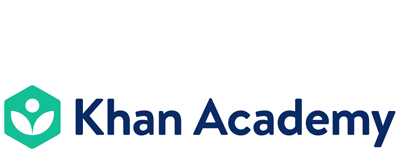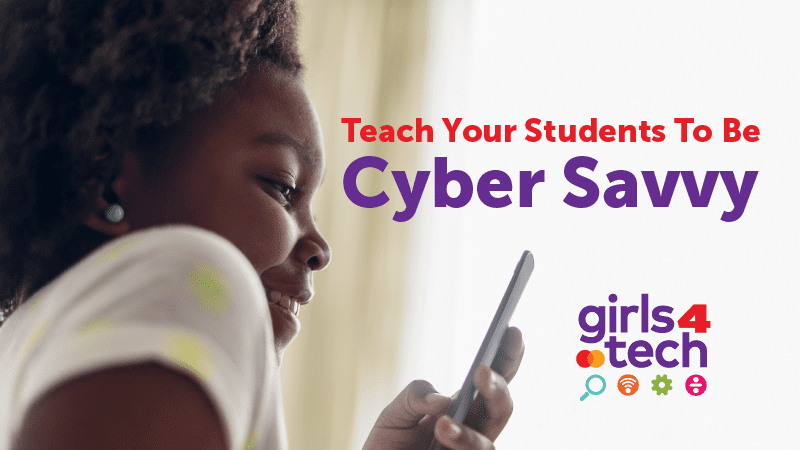


Education Lane
May 2023 | Cathleen Weber PhD
Addressing the Growing Discipline Problem
A letter from the Center for Mental Health in Schools & Student/Learning Supports at UCLA
A recent discussion shared on the internet focused on how schools are trying to “Fix the Growing Discipline Problem.” The discussion stressed that there are lots of possible remedies (e.g., changing classroom culture, making discipline more proactive and less bureaucratic), but it was noted that many states are headed down one particular path: They want to crack down on disruptive student behavior, often by removing students from school. The implications of such a trend are ominous and antithetical to the notion that schools intend that every student will succeed.
At one time, a heavy dose of punishment was the dominant reaction to misbehavior. Just prior to the pandemic, however, the stress was on developing a more positive approach in and out of the classroom. Still, even those strategies generally tend to rely on reducing disruptive behavior through social control techniques and pay little attention to the need to help teachers reengage the student in classroom instruction.
Practices used in reacting to misbehavior often are potent only in the short‑run; misbehavior is likely to reappear if the student is not intrinsically reengaged in formal instruction.
An often stated assumption is that using social control practices to stop misbehavior will make students amenable to teaching. In a few cases, this may be so. However, the assumption ignores research on psychological reactance and the need for individuals to maintain/restore their sense of self‑determination. Moreover, it belies the painful relapse rate and the realities that student misbehavior remains a large-scale, chronic, and increasing problem (along with learning and emotional problems).
The concern raised here is that many approaches to addressing misbehavior produce short‑term outcomes because they tend not to include a focus on helping teachers enhance a student’s intrinsic engagement in classroom instruction and reengage students who have disengaged. As long as a student is not engaged in instruction, behavior problems are likely to occur and reoccur. As long as the emphasis is, first and foremost, on implementing social control techniques, too little attention is given to enhancing intrinsic motivation for instruction. In effect, the focus is on socializing desired behavior rather than helping improve student achievement and well‑being.
From our perspective, it is evident that students who have become actively disengaged from instruction are among the most frequent discipline and learning problems. And in terms of the growing concern about mental health, we know that behavior and learning problems usually generate emotional problems.
It is the case that all teachers have been taught something about engaging students. However, teachers tell us that practices for the reengaging students who have become disconnected from instruction rarely are a prominent part of pre‑ or in‑service personnel preparation.
While the press is for quick solutions, fixing the discipline problem over the long-term requires a shift away from practices that mainly stress controlling behavior. Research stresses practices that emphasize intrinsic motivation as the best way to enhance and sustain engagement in instruction and reengage students who have become disengaged. This shift from over-relying on extrinsic to emphasizing intrinsic motivation needs to infuse instructional practices. It also needs to permeate the way student/learning supports are provided – as is reflected in efforts to develop a unified, comprehensive, and equitable system for providing such supports.
Howard Adelman PhD
Linda Taylor PhD
Khan Academy - Breakthrough Junior Challenge
You’ve grasped an important scientific theory, concept or principle.....share your insight to participate in this challenge! An inventive video can convey complex material that would take pages of text to communicate.
To take part in the Breakthrough Junior Challenge, create a short video (2:00 – two minutes max) to explain a big idea in one of these fields:
- Physics
- Mathematics
- Life Sciences
Your film can take any form you like: animation, talking head, documentary, dramatic reconstruction....get creative! It’s worth keeping in mind that video is a dynamic visual medium – using diagrams, simulations, physical demonstrations etc. is a lot more effective than standing in front of a blackboard talking.
The videos will be judged according to the following criteria:
- Engagement
- Illumination
- Creativity
- Difficulty
If you’re looking for guidance, you can see some of last year’s top-scoring entries at the link below. But remember, to show ‘creativity’ your film should be as original as possible.
Teach Your Students To Be Cyber Savvy
As the world becomes increasingly connected, our students are going to face new challenges we haven’t even imagined! Algorithms. Cybersecurity. Data science. Cryptology. These are the tools they’ll need in order to meet those challenges head-on.
Our mission? To find the next generation of problem-solvers and creative thinkers—your students! These lessons, activities, articles, and games will boost your students’ STEM skills and get them ready to become the cyber detectives our world will need.
Graph Grid Game
Students learning about multiplication for the first time or simply reviewing multiplication facts might like this game. All you need is graph paper, colored pencils, dice, and a partner. The video serves as a great explanation about how to play the game. Enjoy!












